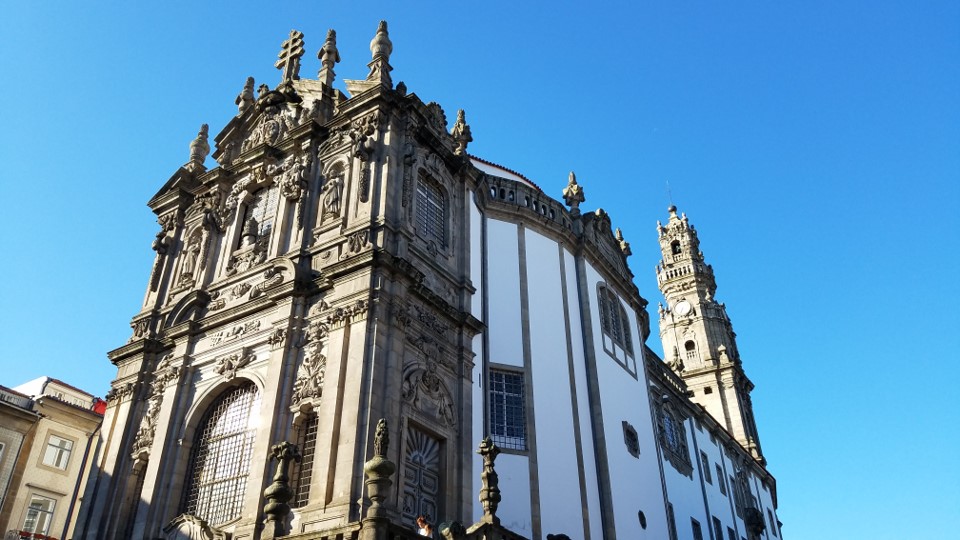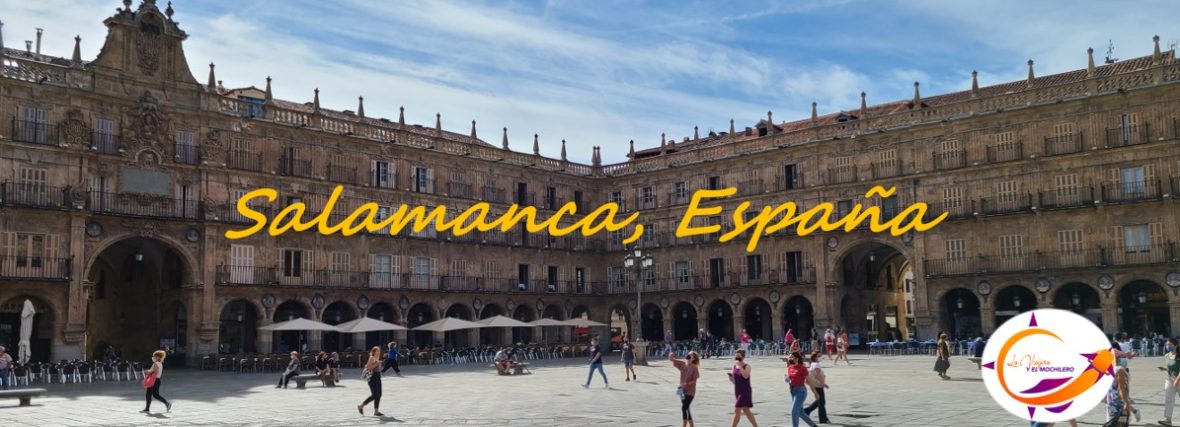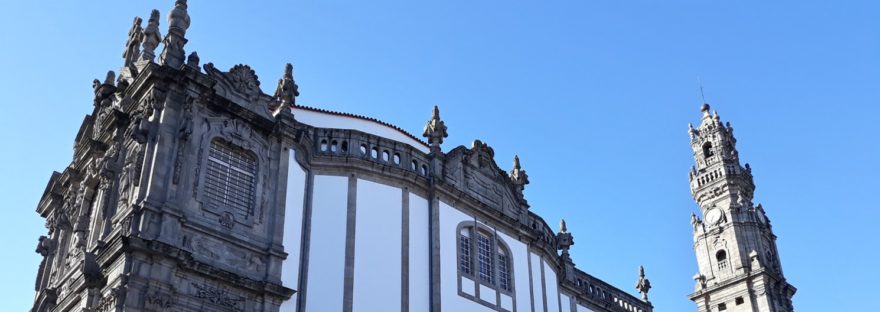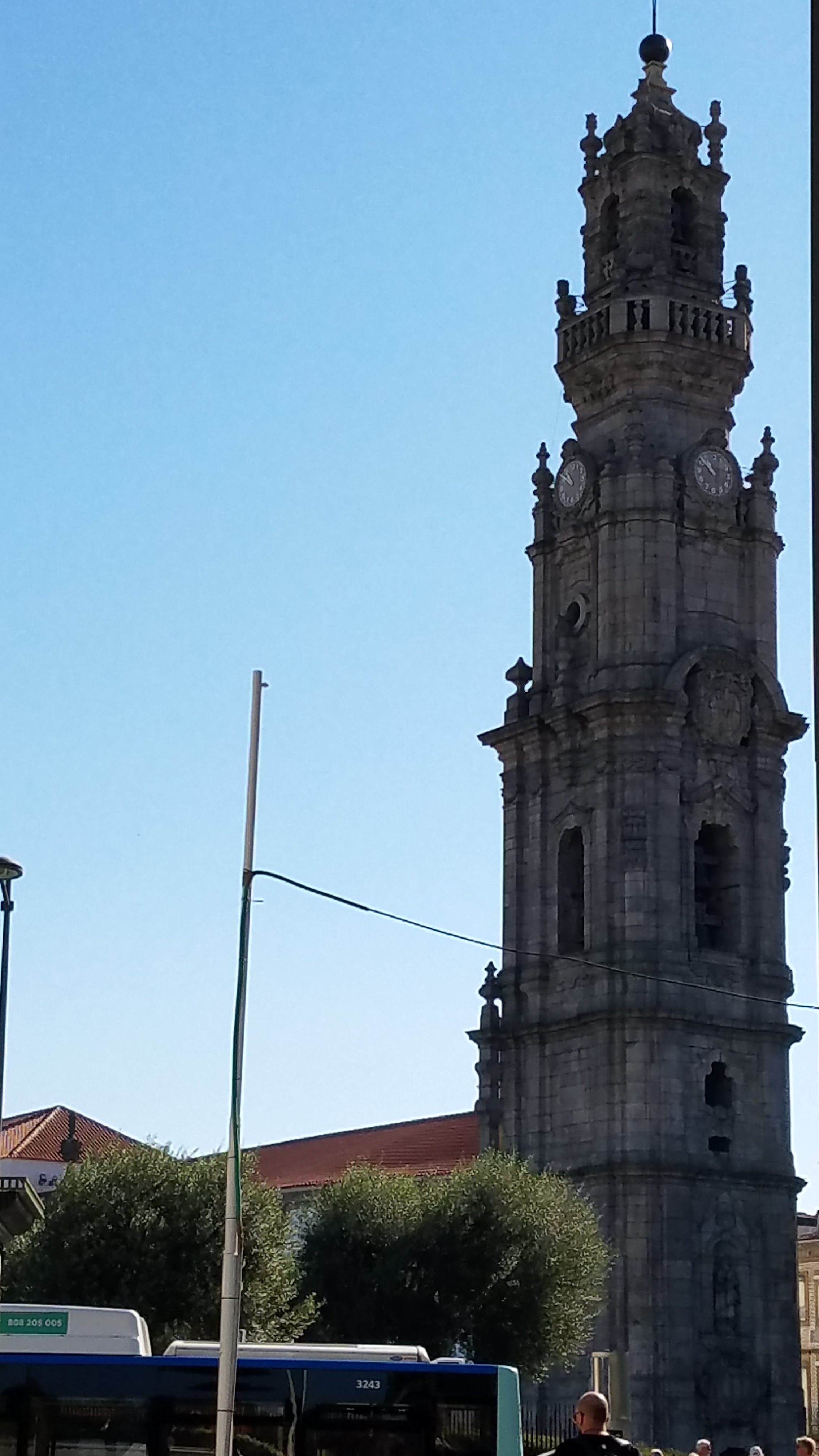 The Tower of “São Pedro dos Cleros”, known as the “Torre dos Cleros”, is located above the old town of Porto. This tower comes to complete the “Igreja do São Pedro dos Cleros”, both symbols of the northern city on the banks of the Douro River.
The Tower of “São Pedro dos Cleros”, known as the “Torre dos Cleros”, is located above the old town of Porto. This tower comes to complete the “Igreja do São Pedro dos Cleros”, both symbols of the northern city on the banks of the Douro River.
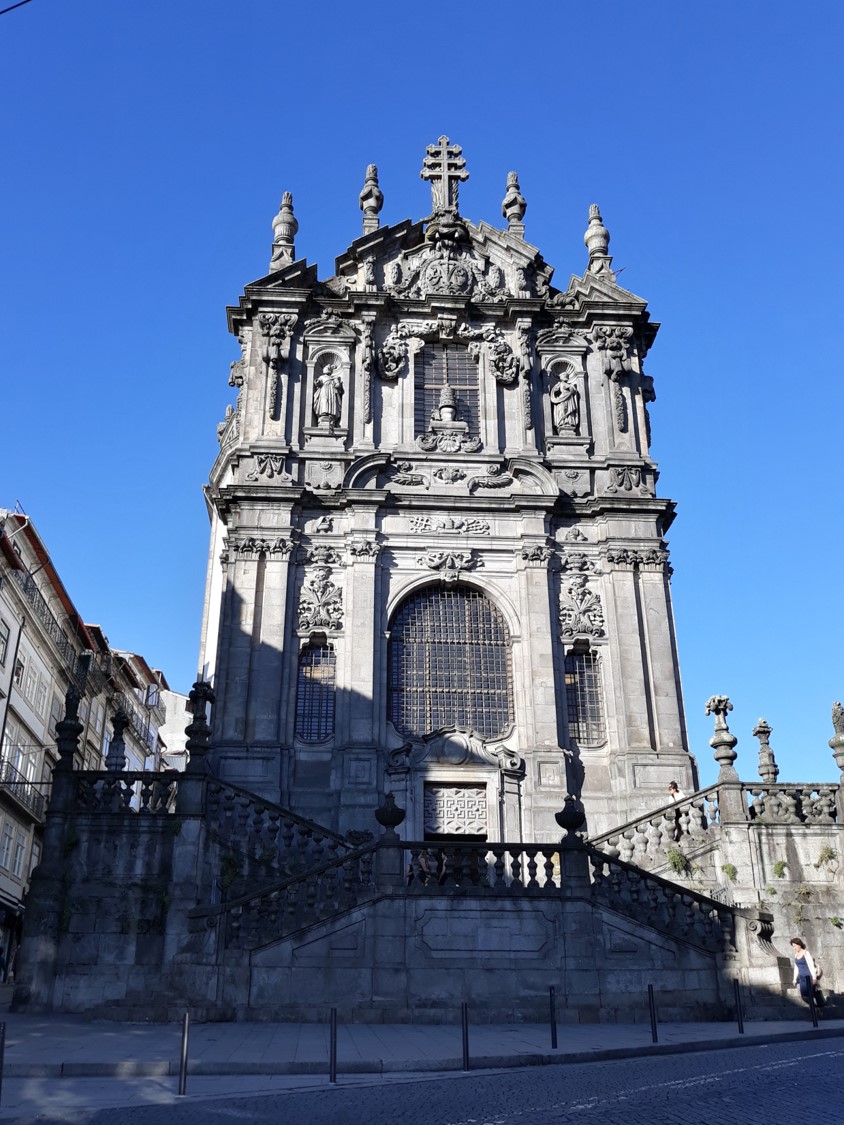
The “Igreja and Torre do São Pedro dos Cleros” is located in a block formed by “Dos Cleros”, “São Filipe Nery”, “Assunção” and “Campo dos Mártires da Pátria” streets. Previously, the property was known as the “hill of the hung”, a cemetery that was relocated in order to build the tower.
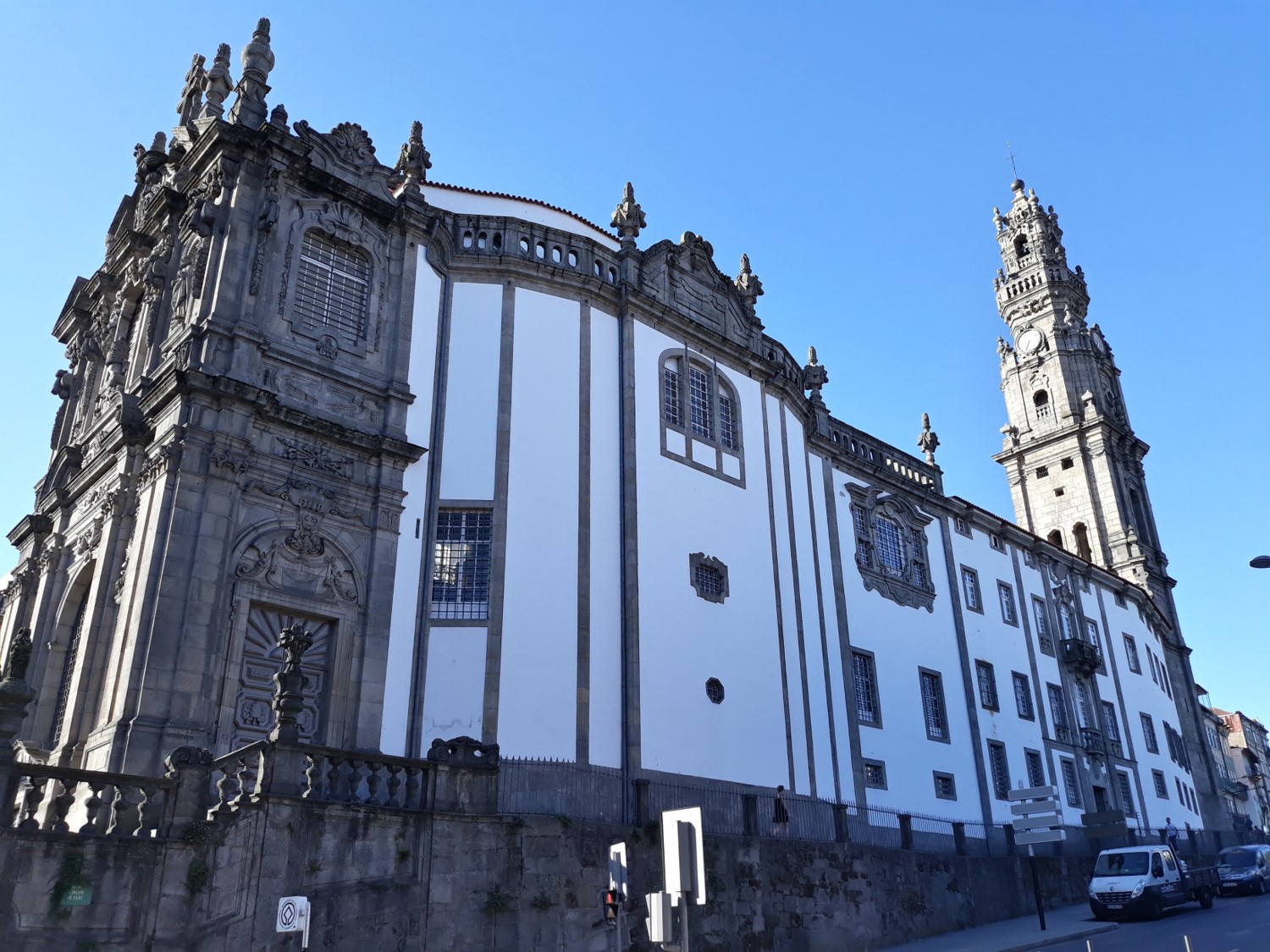
Work of the Italian architect Nicolau Nasoni (whose remains are in the Church), the complex of religious structures, which included an infirmary, were built between 1732 to 1779 at the request of the Brotherhood of the Poor Clergy. This organization emerged from the union of the Fraternity of Our Lady of the Poor Clergy, the Brotherhood of San Pedro ad Vincula and the Congregation of San Felipe Néri whose mission was to help the clergy in disease, poverty and death.
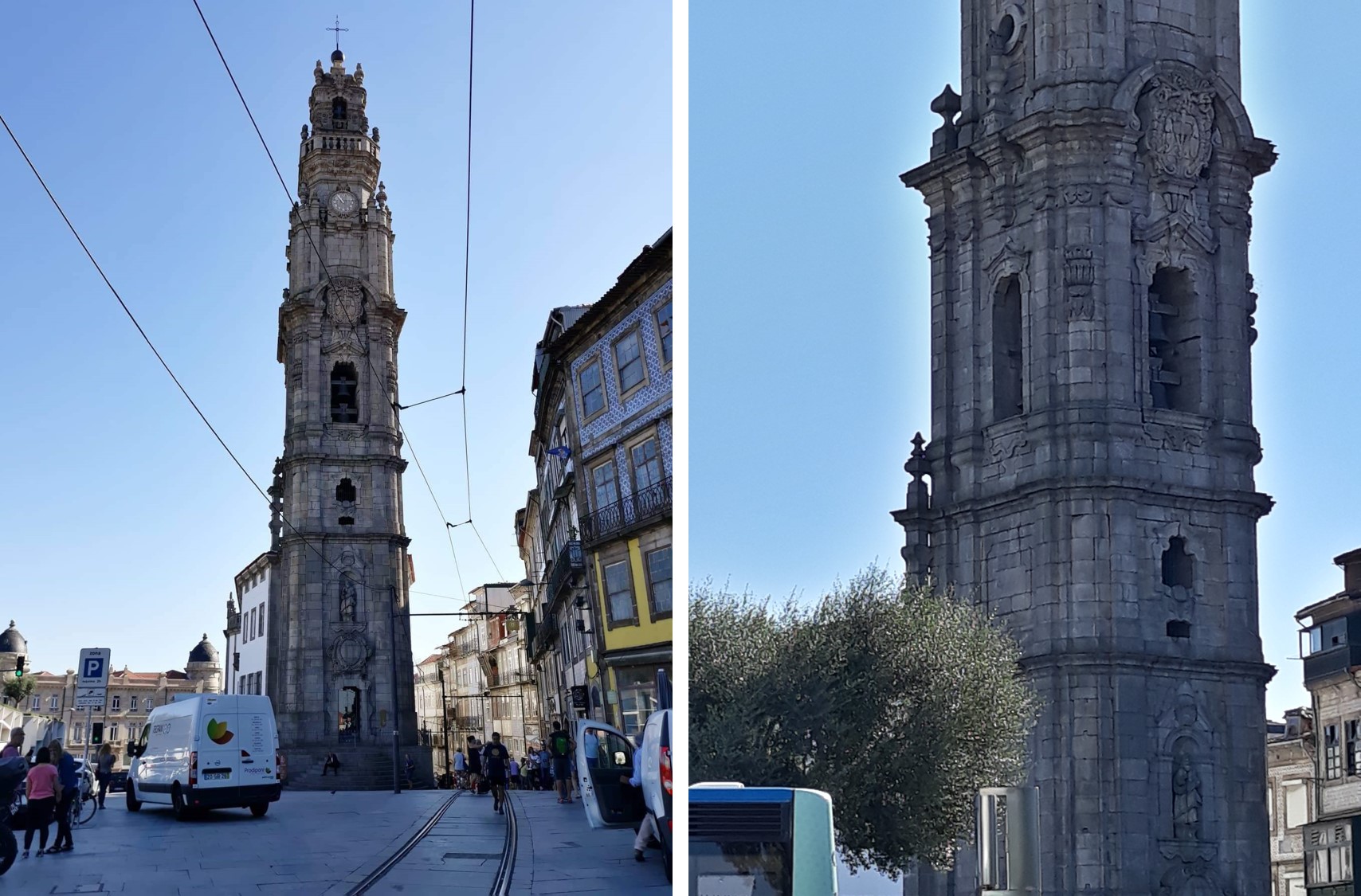
The “Torre dos Cleros” in Porto, Portugal, has a height of 76 meters and to reach the last level you have to climb 225 steps. It was for many years the highest structure in the city, to the extent that navigators along the Rio Douro and the Atlantic coast used it as a reference, as if it were a lighthouse. The tower consists of six levels. From its last level you have a panoramic view of the whole city of Porto, a view of the Douro River and the city of Vila Nova do Gaia. The original plans consisted of two towers for the Church, but the second tower was never built. “Torre dos Cleros” was made in granite and its style is Baroque.
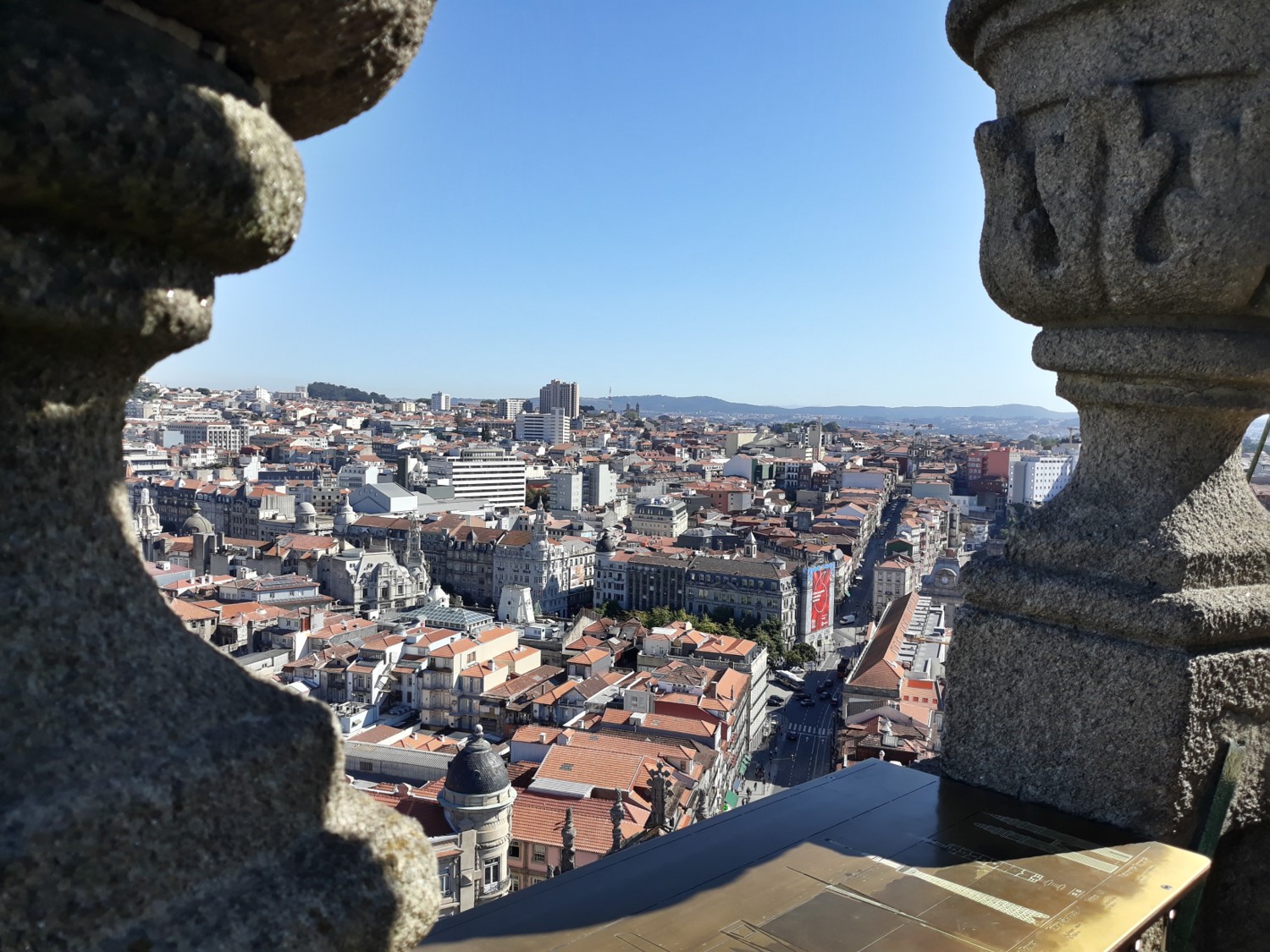
The Church of “San Pedro de los Clerigos” has an unusual plant with its elliptical shape. The vaulted ceiling on 12 columns is covered with marble. The Baroque-Rococo style is predominant in the temple. In the high part there are two organs and the tribunes decorated with carved marble. The current major chapel replaced the original and was built between 1767 and 1780. In fact, in 1745, problems with the foundations were discovered, which forced the demolition of the initial works in order to then continue with the construction. The Church was consecrated on December 12, 1779.
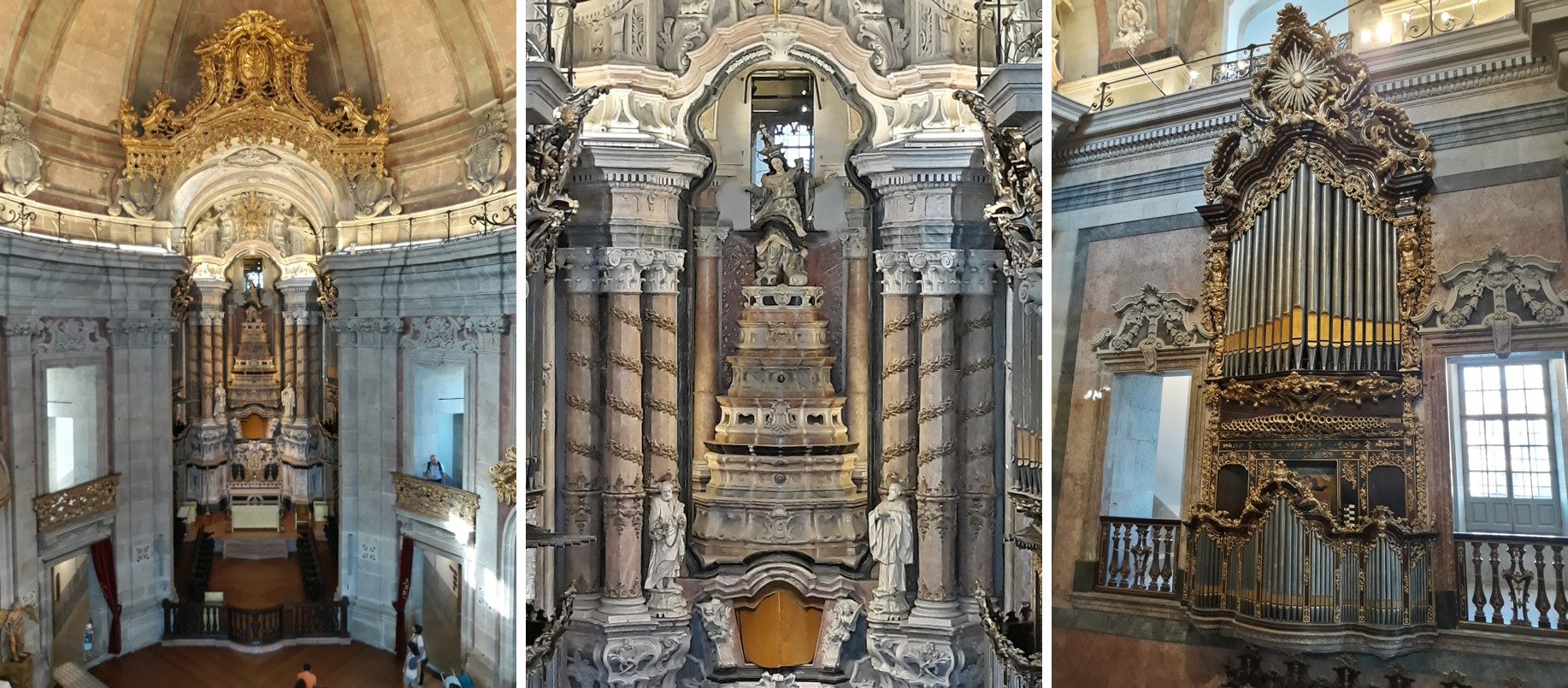
Within what was dubbed the “Casa dos Cleros” is the infirmary for poor clerics where the inscription in granite and in Latin is preserved, which reads: “You can leave if you do not come to visit the ill.” The space had three beds.
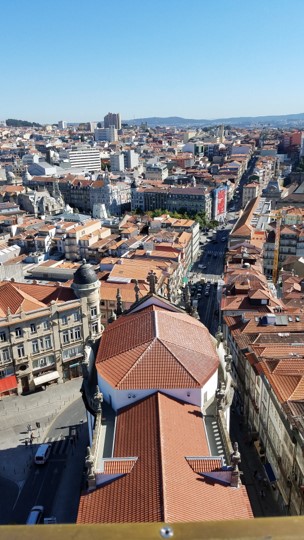
The historical, religious and tourist value invites one to visit this symbol of Porto.
